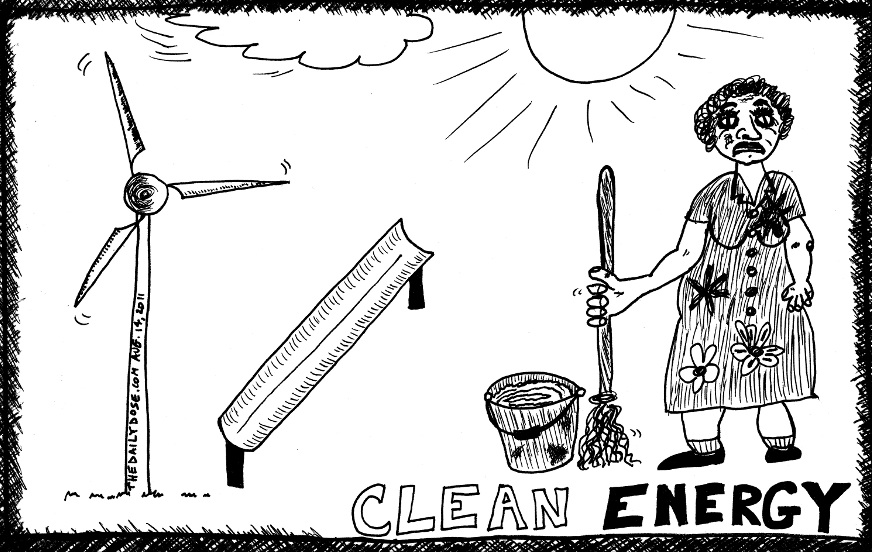Clean Energy on the Rocky Road to Globalization
U.S. Energy Secretary Ernest Moniz launched several new initiatives with other global energy leaders at the Energy and Climate Partnership of the Americas (ECPA) and the sixth Clean Energy Ministerial (CEM6) this week in Merida, Mexico. These initiatives will further strengthen momentum in the Western Hemisphere and around the globe to combat climate change and accelerate clean energy technology and policies ahead of the December 2015 climate talks in Paris. At both ECPA and CEM6, energy ministers discussed technology solutions to grow low-carbon economies while helping to implement national commitments to reduce climate pollution.
At ECPA, Secretary Moniz met with energy ministers from across the Western Hemisphere to discuss areas of cooperation in the region. The ministerial established two new initiatives – the North American Energy Ministers Working Group on Climate and Energy with Canada and Mexico, and the ECPA Western Hemisphere Clean Energy Initiative with governments from around the region.
The new trilateral Working Group enhances a North American Energy Ministers’ Areas of cooperation include reliable, resilient, and low-carbon electricity grids; modeling and deployment of clean energy technologies; energy efficiency for equipment, appliances, industries, and buildings; carbon capture, use, and storage; climate change adaptation and resilience; and emissions reduction from the oil and gas sector.
At CEM6, Secretary Moniz and fellow ministers announced new efforts to increase the ambition and productivity of CEM – or “CEM 2.0.” They created a year-round steering committee made up of China, Denmark, the European Commission, France, India, Mexico, the United Arab Emirates, and the United States to guide the strategy for CEM.
Together with a series of hemispheric partners, Secretary Moniz also announced the ECPA Western Hemisphere Clean Energy Initiative, under which countries announced that they intend to work toward a collective doubling of renewable sources such as solar, wind, small-scale hydropower, sustainable biomass, and geothermal, by 2030.
billion high-efficiency, high-quality and affordable advanced lighting products as quickly as possible. With lighting accounting for 15 percent of global electricity usage, replacing the world’s existing
The United States also announced efforts to dramatically scale-up the Clean Energy Solutions Center, a CEM initiative that has already provided real-time, no-cost clean energy expert policy assistance to more than 80 countries around the world.

